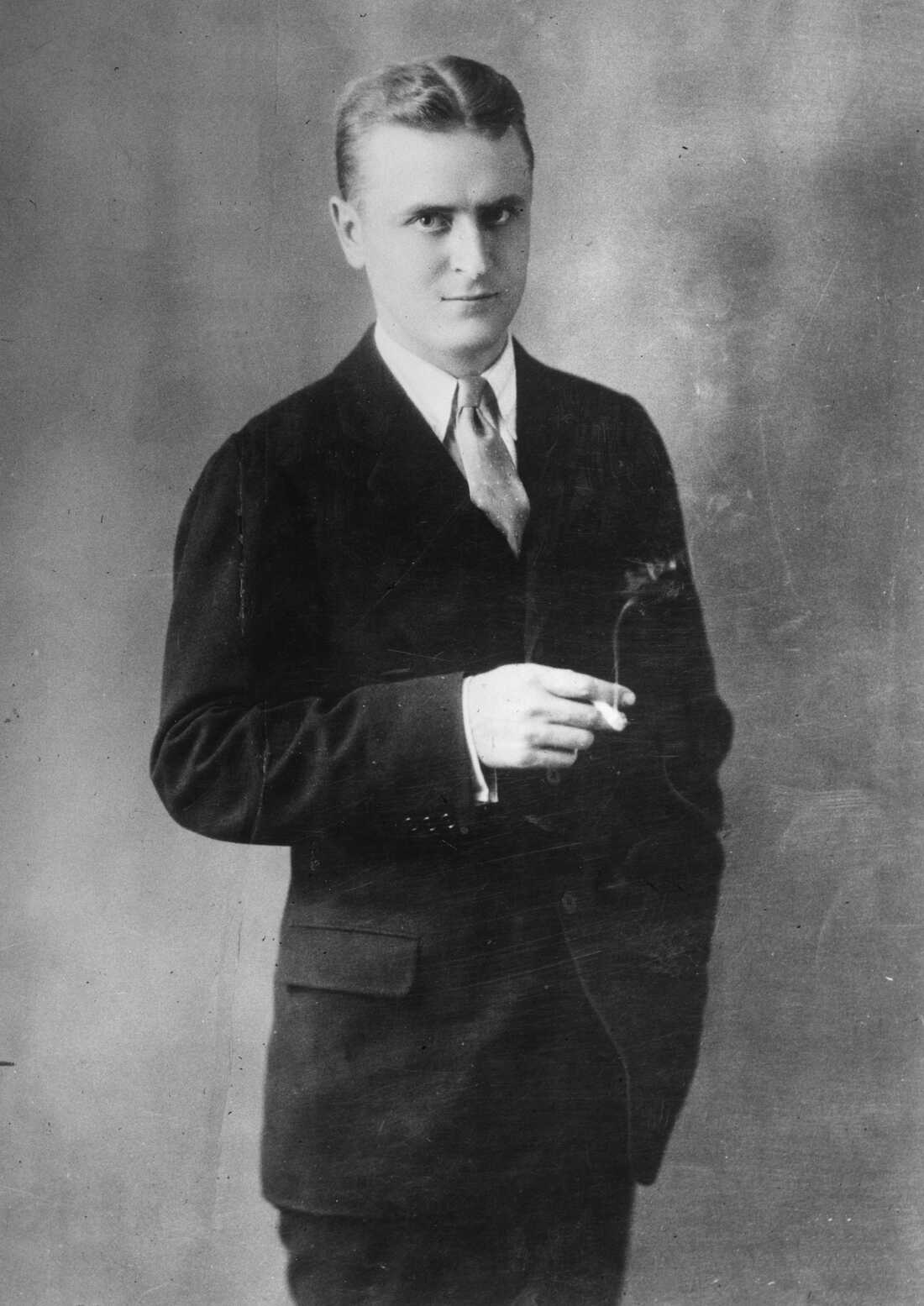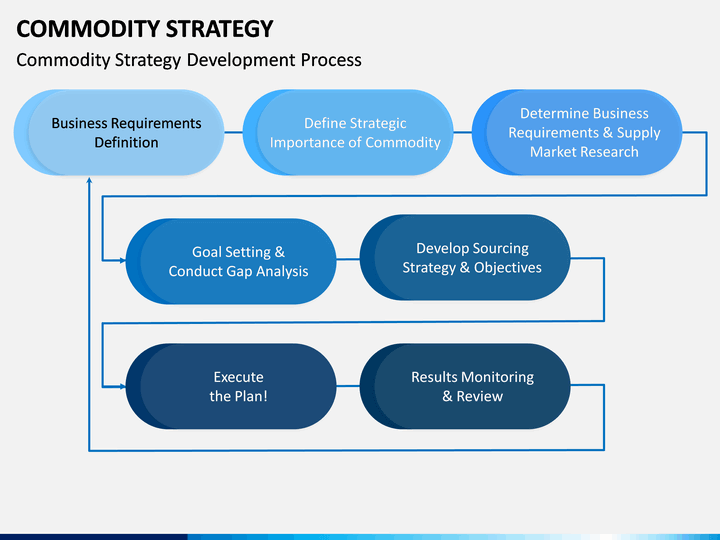F. Scott Fitzgerald's Great Gatsby: The Real-Life Influences Behind The Novel

Table of Contents
The Real-Life Gatsby: Echoes of Fitzgerald's Contemporaries
Many believe that The Great Gatsby's characters are not merely figments of Fitzgerald's imagination but rather reflections of the people he knew and the society he observed. The novel's characters, their relationships, and their motivations draw heavily from Fitzgerald's own life and the real-life influences that surrounded him.
Jay Gatsby and the Enigma of Wealth
The enigmatic Jay Gatsby, with his lavish parties and mysterious past, has sparked endless speculation about his real-life inspiration. While no single person perfectly mirrors Gatsby, several figures from Fitzgerald's life likely contributed to his creation.
- Edward Mandell House: This influential advisor to President Woodrow Wilson possessed a similar air of mystery and amassed considerable wealth, possibly influencing Gatsby's aura of power and intrigue.
- Fitzgerald's circle of wealthy acquaintances: Fitzgerald moved in circles of affluent individuals during the Jazz Age. Their lifestyles, their excesses, and their often-hidden vulnerabilities likely informed Gatsby's character.
- Bootleggers and their rise to prominence: The era was marked by the rise of powerful figures who amassed fortunes through illegal activities, a facet likely integrated into Gatsby's character.
Daisy Buchanan and the Allure of the Untouchable
Daisy Buchanan, the elusive and captivating object of Gatsby's affections, also has roots in Fitzgerald's real-life experiences. Her character embodies the idealized yet unattainable woman of the Roaring Twenties.
- Zelda Sayre: Fitzgerald's tempestuous relationship with his wife, Zelda Sayre, profoundly shaped Daisy's personality and her complex relationship with Gatsby. Zelda’s beauty, social standing, and elusive nature resonate in Daisy’s character.
- Societal Expectations: Daisy's actions are also informed by the societal pressures faced by women of her class during the Jazz Age. Their limited opportunities and expectations shaped their choices and relationships. The limitations placed upon women of her class directly impact Daisy's character and her choices.
Long Island's Golden Age: The Setting's Significance
The setting of The Great Gatsby is as crucial to the novel's success as its characters. The geographical details and social landscape of Long Island in the 1920s play a significant role in conveying the novel's themes.
West Egg and East Egg: A Social Commentary
The contrasting communities of West Egg and East Egg, separated by a bay, symbolize the stark class divisions Fitzgerald witnessed on Long Island. West Egg, inhabited by the "new money" like Gatsby, represents the newly wealthy, while East Egg, home to the established elite like the Buchanans, reflects inherited wealth and social status.
- Great Neck and Sands Point: These affluent Long Island communities, with their lavish estates and social divisions, served as inspiration for the novel's setting. The geography and social dynamics of these locations heavily influenced Fitzgerald's descriptions of West Egg and East Egg.
- Architectural Styles: The descriptions of houses in the novel mirror architectural styles prevalent on Long Island during the 1920s, adding another layer of realism to the setting.
The Parties and the Excess
The extravagant parties Gatsby throws are legendary. These bacchanalian gatherings are not mere figments of Fitzgerald's imagination; they reflect the reality of the lavish social scene on Long Island during the Jazz Age.
- Real-life social events: Fitzgerald attended numerous parties during his time on Long Island, and these experiences undoubtedly influenced his depictions of Gatsby's parties. The atmosphere, the guests, and the overall extravagance informed his descriptions.
- The excesses of the era: The parties in the novel symbolize the decadence and excess that characterized the Roaring Twenties, a period of unprecedented prosperity and social change. The excess depicted in the parties reflects the social climate of the time.
The Tragic Love Story: A Reflection of Fitzgerald's Personal Life
The central love story in The Great Gatsby is deeply intertwined with Fitzgerald's own tumultuous experiences. His personal struggles and relationships provided fertile ground for the novel's emotional core.
Fitzgerald's Own Romantic Relationships
Fitzgerald's passionate yet volatile relationship with Zelda Sayre profoundly shaped the portrayal of Gatsby and Daisy's romance. The complexities, the yearning, and the ultimate tragedy of their love story are mirrored in Fitzgerald's own romantic life.
- Zelda's elusive nature: Zelda's independent spirit and unpredictable nature mirror aspects of Daisy's personality. Fitzgerald’s struggles with Zelda, their passionate yet troubled relationship, provided inspiration for the core conflict within The Great Gatsby.
- Unrequited love: Fitzgerald's own experiences with unrequited love and unattainable desires directly impacted his portrayal of Gatsby's obsessive pursuit of Daisy.
The American Dream's Dark Side
The Great Gatsby explores the allure and the pitfalls of the American Dream. The novel reveals the dark side of ambition, wealth, and the often-unattainable pursuit of happiness.
- Fitzgerald's disillusionment: Fitzgerald's own struggles with financial insecurity and disillusionment with the American Dream are reflected in the novel's tragic ending. His personal anxieties about success and the promise of the American Dream are evident in the novel's narrative.
- Social commentary: The novel serves as a social commentary on the anxieties and inequalities of the era, particularly the unattainable nature of the American Dream for many.
Conclusion: Unraveling the Mysteries of F. Scott Fitzgerald's The Great Gatsby
In conclusion, F. Scott Fitzgerald's The Great Gatsby is not simply a work of fiction; it is a deeply personal reflection of the author's life, his observations of the Roaring Twenties, and his own complex relationships. The characters, setting, and themes all draw heavily from real-life inspirations, offering readers a glimpse into the historical and personal context of this literary masterpiece. Understanding these real-life influences enriches our appreciation of the novel's complexities and enduring appeal. To further unravel the mysteries of F. Scott Fitzgerald's The Great Gatsby, we encourage you to delve deeper into the historical context of the novel and explore further resources on the life of F. Scott Fitzgerald and the Roaring Twenties. Discovering the real-life inspirations behind this iconic novel will only deepen your understanding and appreciation of this literary classic.

Featured Posts
-
 Walleyes Credit And Commodity Strategy A Focus On Core Client Groups
May 13, 2025
Walleyes Credit And Commodity Strategy A Focus On Core Client Groups
May 13, 2025 -
 Alex Fine Supports Cassie At Diddy Sex Trafficking Trial
May 13, 2025
Alex Fine Supports Cassie At Diddy Sex Trafficking Trial
May 13, 2025 -
 Anazitontas Tin Alitheia Gia Ton Megalo Kataklysmo Tis Mesogeioy
May 13, 2025
Anazitontas Tin Alitheia Gia Ton Megalo Kataklysmo Tis Mesogeioy
May 13, 2025 -
 Trump Supporter Ray Epps Sues Fox News A Defamation Case Analysis
May 13, 2025
Trump Supporter Ray Epps Sues Fox News A Defamation Case Analysis
May 13, 2025 -
 Gov Abbott Issues Cease And Desist To Epic City Development Project
May 13, 2025
Gov Abbott Issues Cease And Desist To Epic City Development Project
May 13, 2025
